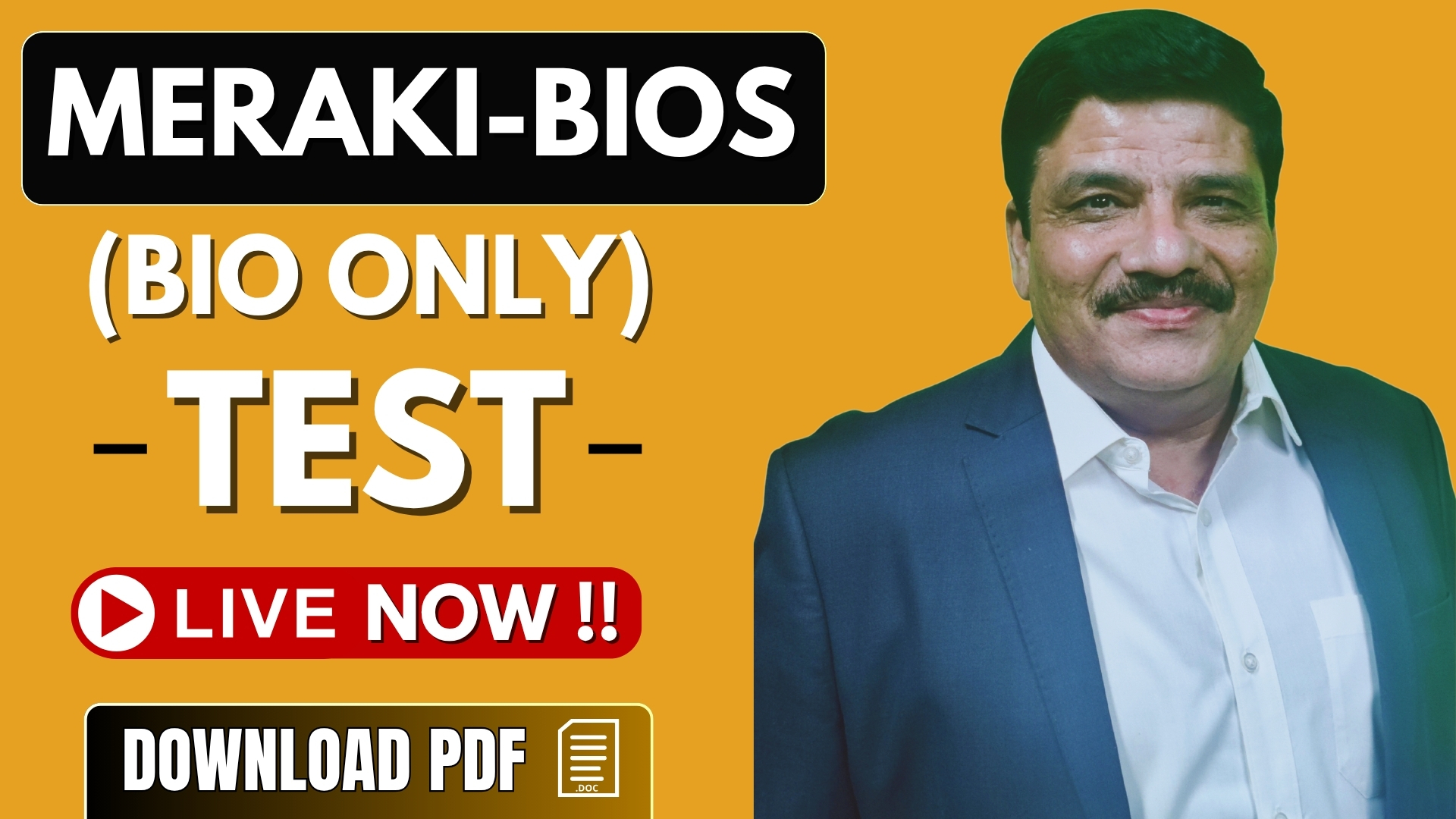Glomerular ultrafiltrate normally does not contain:
1. formed elements of the blood
2. glucose
3. amino acids
4. electrolytes
Identify the incorrect statement regarding antidiuretic hormone (ADH):
| 1. | It is synthesized by the neurons of the hypothalamus and stored and released from the neurohypophysis. |
| 2. | It binds to receptors on the collecting duct cells and activates a cAMP second messenger system. |
| 3. | It is released during body dehydration conditions and acts on the collecting duct. |
| 4. | ADH is released when osmoreceptors in the hypothalamus sense a decrease in the blood osmolality. |

To unlock all the explanations of 38 chapters you need to be enrolled in MasterClass Course.

To unlock all the explanations of 38 chapters you need to be enrolled in MasterClass Course.
Diabetes insipidus:
1. is due to increased secretion or action of ADH
2. is the result of decreased insulin secretion by the pancreas
3. is characterized by polydipsia and glycosuria
4. results in the production of a large volume of dilute urine
A substance freely filtered and then completely reabsorbed by the nephron is:
1. creatinine
2. inulin
3. para amino hippuric acid
4. glucose
Aldosterone:
1. is a steroid secreted by adrenal medulla.
2. acts on PCT leading to the reabsorption of sodium ions and water.
3. stimulates the secretion of K+ from the peritubular blood into the distal convoluted tubule.
4. is not regulated by serum potassium concentration.

To unlock all the explanations of 38 chapters you need to be enrolled in MasterClass Course.

To unlock all the explanations of 38 chapters you need to be enrolled in MasterClass Course.
Regarding the reabsorption of bicarbonate ions in the proximal convoluted tubule, the correct statement is:
1. The cuboidal brush bordered epithelium directly reabsorb bicarbonate ions.
2. The cells secrete H+ ions to reabsorb all of the filtered bicarbonate.
3. Carbonic anhydrase is not found in the PCT.
4. More bicarbonate is reabsorbed and less bicarbonate is excreted in alkalosis.

To unlock all the explanations of 38 chapters you need to be enrolled in MasterClass Course.

To unlock all the explanations of 38 chapters you need to be enrolled in MasterClass Course.
Acid-base balance in the human body is regulated by:
| 1. heart and lungs | 2. liver and hypothalamus |
| 3. kidneys and lungs | 4. lungs and heart |
A substance is neither filtered, reabsorbed, nor secreted in the kidney. This substance would be most likely found in:
1. glomerular filtrate
2. blood in the renal vein
3. Collecting duct
4. Loop of Henle
Loops of Henle is found in the nephron of:
1. insects
2. fish
3. birds
4. amphibians
What will be seen in a fish living in a marine environment?
| 1. | They do not drink the water in their surroundings. |
| 2. | They drink the water in their surroundings. |
| 3. | They move monovalent ions into their bodies through active transport across their epithelial outer tissue. |
| 4. | They move monovalent ions out of their bodies through active transport across their epithelial outer tissue. |






